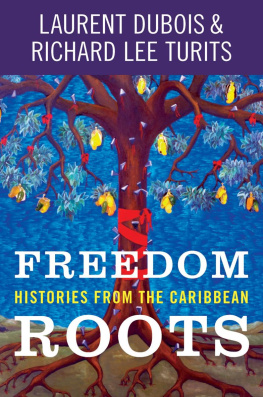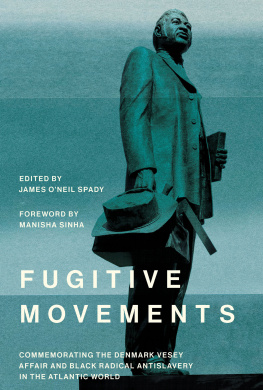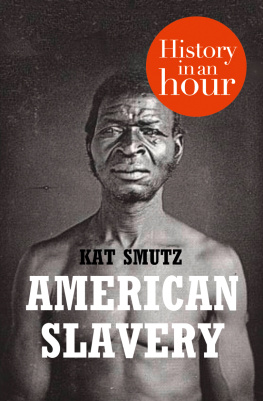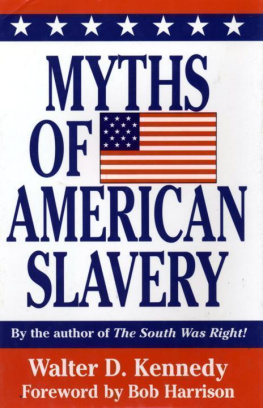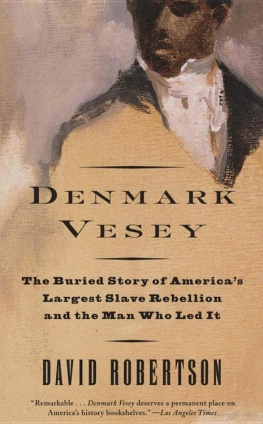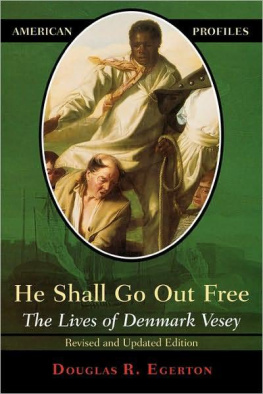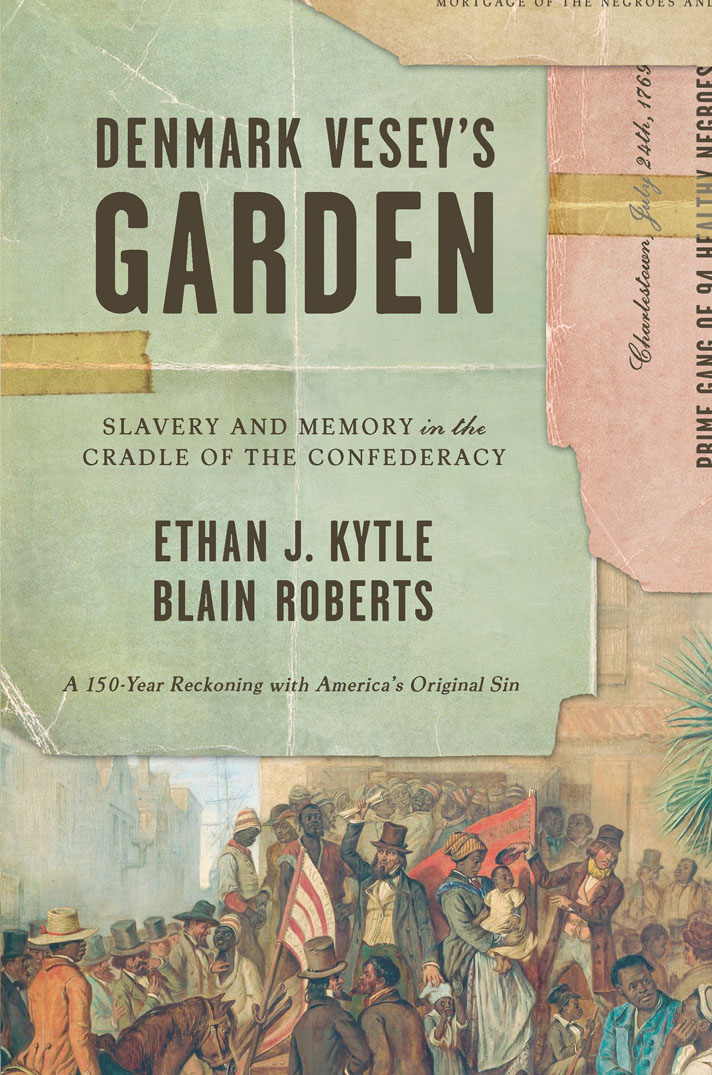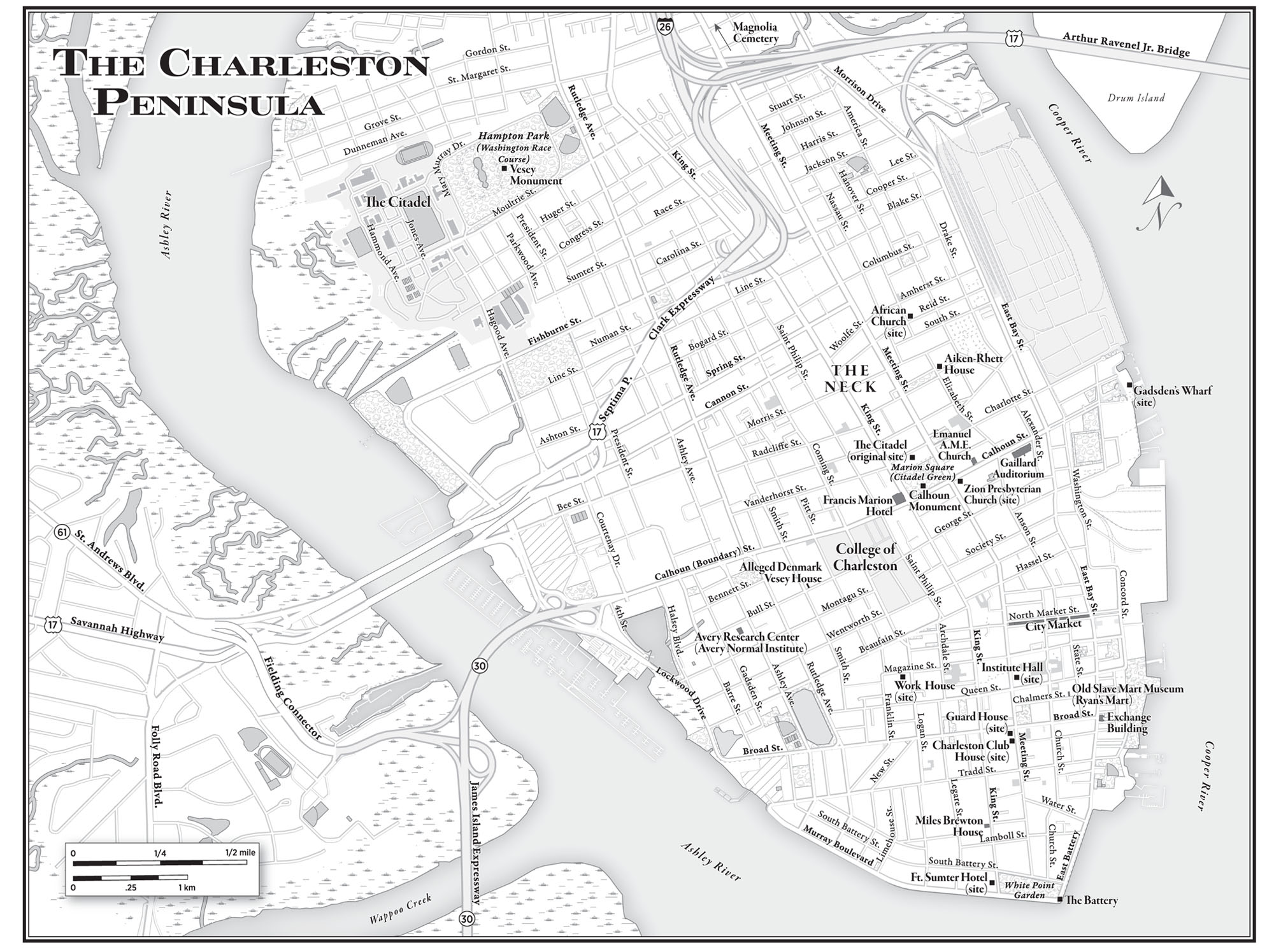Ethan J. Kytle - Denmark Vesey’s Garden: Slavery and Memory in the Cradle of the Confederacy
Here you can read online Ethan J. Kytle - Denmark Vesey’s Garden: Slavery and Memory in the Cradle of the Confederacy full text of the book (entire story) in english for free. Download pdf and epub, get meaning, cover and reviews about this ebook. year: 2018, publisher: The New Press, genre: Politics. Description of the work, (preface) as well as reviews are available. Best literature library LitArk.com created for fans of good reading and offers a wide selection of genres:
Romance novel
Science fiction
Adventure
Detective
Science
History
Home and family
Prose
Art
Politics
Computer
Non-fiction
Religion
Business
Children
Humor
Choose a favorite category and find really read worthwhile books. Enjoy immersion in the world of imagination, feel the emotions of the characters or learn something new for yourself, make an fascinating discovery.

- Book:Denmark Vesey’s Garden: Slavery and Memory in the Cradle of the Confederacy
- Author:
- Publisher:The New Press
- Genre:
- Year:2018
- Rating:5 / 5
- Favourites:Add to favourites
- Your mark:
Denmark Vesey’s Garden: Slavery and Memory in the Cradle of the Confederacy: summary, description and annotation
We offer to read an annotation, description, summary or preface (depends on what the author of the book "Denmark Vesey’s Garden: Slavery and Memory in the Cradle of the Confederacy" wrote himself). If you haven't found the necessary information about the book — write in the comments, we will try to find it.
A fascinating and important new historical study.
Janet Maslin, The New York Times
Denmark Veseys Garden reveals that the long struggle over how Americans remember slavery has been inseparable from the long struggle for racial justice.
Ibram X. Kendi
Kytle and Robertss meticulous research, compelling writing, and thoughtful analysis are vital to our nation at a time when we were haunted by a history we need to understand more deeply.
Bryan Stevenson
Eye-opening history.
Kirkus Reviews (starred review)
In the tradition of James Loewens Lies My Teacher Told Me, a deeply researched book that uncovers competing histories of how slavery is remembered in Charleston, South Carolinathe heart of Dixie
A book that strikes at the heart of the recent flare-ups over Confederate symbols in Charlottesville, New Orleans, and elsewhere, Denmark Veseys Garden reveals the deep roots of these controversies and traces them to the heart of slavery in the United States: Charleston, South Carolina, where almost half of the U.S. slave population stepped onto our shores, where the first shot at Fort Sumter began the Civil War, and where Dylann Roof shot nine people at Emanuel A.M.E. Church, the congregation of Denmark Vesey, a black revolutionary who plotted a massive slave insurrection in 1822.
As early as 1865, former slaveholders and their descendants began working to preserve a romanticized memory of the antebellum South. In contrast, former slaves, their descendants, and some white allies have worked to preserve an honest, unvarnished account of slavery as the cruel system it was.
Examining public rituals, controversial monuments, and whitewashed historical tourism, Denmark Veseys Garden tracks these two rival memories from the Civil War all the way to contemporary times, where two segregated tourism industries still reflect these opposing impressions of the past, exposing a hidden dimension of Americas deep racial divide. Denmark Veseys Garden joins the small bookshelf of major, paradigm-shifting new interpretations of slaverys enduring legacy in the United States.
Ethan J. Kytle: author's other books
Who wrote Denmark Vesey’s Garden: Slavery and Memory in the Cradle of the Confederacy? Find out the surname, the name of the author of the book and a list of all author's works by series.

